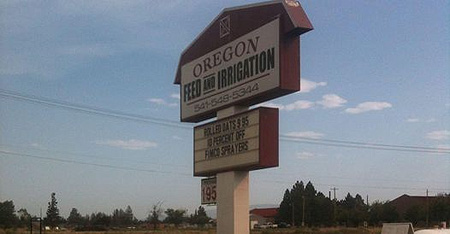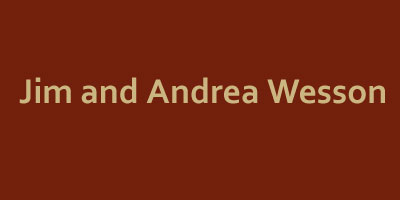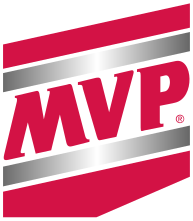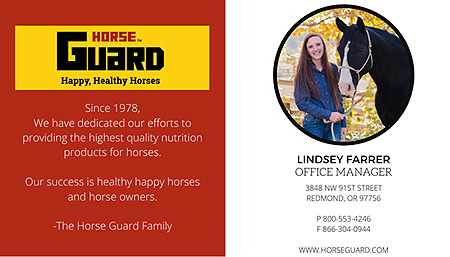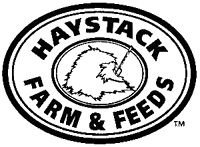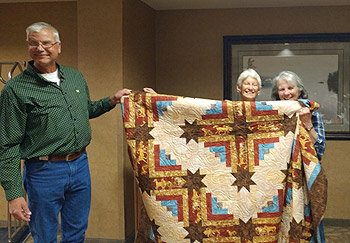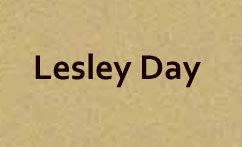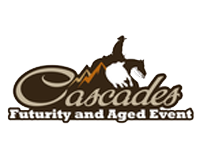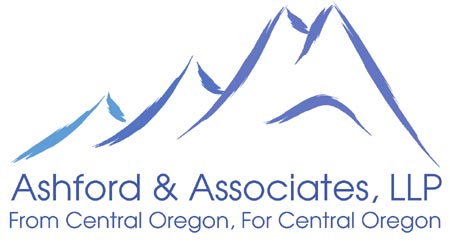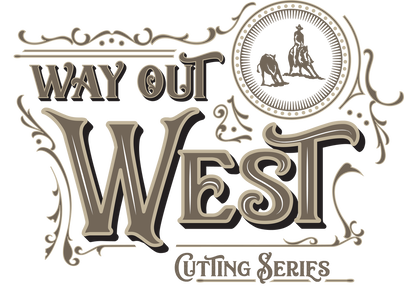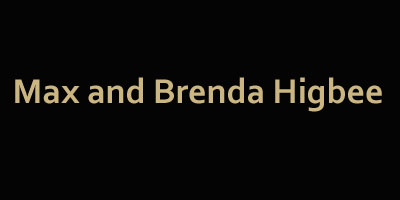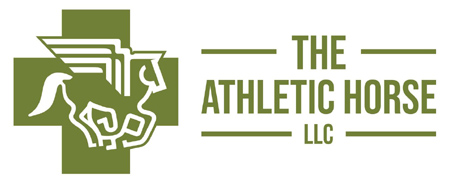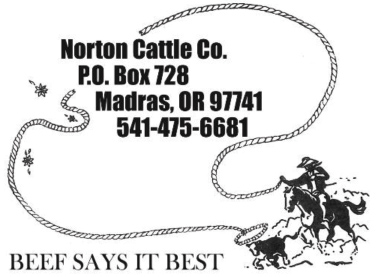In the beginning, there was the horse . . .
Nowadays, cutters compete for millions of dollars in prizes. It wasn't always that way.
When American cowboys of the 1800s began using their best horses to separate individual cows from a herd, it was part of the daily job. They would never have imagined cutting as one of the world's most popular equine sports. But each year, thousands of cutting events--from Austin to Australia--attract riders aged eight to eighty.
Cutting's heritage runs strong and deep. From the Chisholm Trail to present day, cutting horses have been indispensable tools in the cattle trade. During the era of the open range, cattle from one outfit often drifted and mingled with those of other outfits. Twice a year, in the spring and the fall, neighboring ranchers would join in a roundup to sort out their brands.
Every outfit traveled with a remuda of horses. The cutting horse was an elite member of the remuda. A typical cutting horse might have started out in a cowboy's string, but his sensitivity to cattle brought him to the attention of the roundup boss. He was the horse that pricked his ears toward a cow and followed her with his eyes. He instinctively knew not to crowd her, yet was wary of her every move. He made the difficult job of separating cattle easier and quicker. He even made it fun.
As big cattle outfits gave way to small farms and ranches in the twentieth century, pickup trucks and squeeze chutes took the place of cow horses. A few large ranches still rounded up cattle the old-fashioned way, but cutting horses were fast becoming obsolete. Today, the National Cutting Horse Association has given the cutting horse new life in one of the world's most exciting equine events.
The first advertised cutting contest was held at the 1898 Cowboy Reunion in Haskell, Texas. Fifteen thousand people, lured by ads in the Dallas News and the Kansas City Star, attended. Since the nearest railroad was fifty miles away, they came on horseback, or by wagon and hack. The cutting contest offered a prize of $150, a substantial sum in those days, and 11 riders entered. The first record of cutting as an arena spectator event came at the Southwestern Exposition and Fat Stock Show in Fort Worth, Texas, when a cutting horse exhibition was added to the annual rodeo in 1919. It became a competitive event the following year.
By 1946, there were so many cutting horse contests being held, under so many different sets of conditions and rules, that a group of 13 cutting horse owners met at the Southwestern Exposition and Fat Stock Show and decided to form an association to establish standard rules and procedures for holding such competition. Later, at a meeting in Mineral Wells, Texas, the association was incorporated, and Pat Dalton suggested the name ‘National Cutting Horse Association,' because it looked as though it had the potential to grow into something big. The first show was held in Dublin, Texas, in the fall of 1946.
By 1963, the association recorded the results of 727 events, of which 504 were recognized as NCHA championship events. In those days, cutters vied for a piece of $404,183 in prize money. That included $23,225 paid out at that year's NCHA Futurity.
Fast-forward to 2022, and the contestants at the NCHA Futurity will be divvying up almost $4 million--over a hundred times the offering of that first year. Total purses at NCHA-approved shows now exceed $39 million annually.
Yet for many, cutting's greatest rewards are intangible.
The bond between people and horses that makes the sport
so special, also links it to the sweat and dust of the
Old West, and sets it apart from all other events. "The
people who brought cutting from the open range to the
arena, and turned the skills of the cowman and cowboy
into the contest, were real sports," said Buster Welch,
a legendary cutting champion. "That fine sportsmanship
is still alive and well in cutting today."
Cutting is
a family-based sport well represented by both men and
women. The Oregon Cutting Horse Association (OCHA) has a
well-established youth program, instructional clinics
and starter classes. Additionally, OCHA is sanctioned by
the National Cutting Horse Association and benefits from
its many programs and support efforts.
Become involved in cutting and help steward our Western Heritage and Lifestyle.


